I have suffered from chronic insomnia since the start of the second intifada in Israel, in the fall of 2000.
As military helicopters flew over my home in southern Jerusalem, night after night, my anxiety grew each time I heard the propellers whir. Racked with dread, I became completely unable to fall asleep and my doctor recommended a short course of sleeping pills.
That short course lasted more than 20 years.
During that time, as I’ve developed tolerance to the sleeping meds, I’ve repeatedly searched for non-pharmacological alternatives to help me get to sleep and stay snoozing the whole night.
I’m hardly alone: The Sleep Foundation estimates that between 10 and 30 percent of American adults struggle with chronic insomnia. For older adults, the rate jumps to as high as 48%.
Two Israeli startups, IntoSleep and NYX, are working on promising solutions that could change sleep medicine forever and provide much-needed relief to insomniacs like me.
Haifa-based NYX is further along, having already raised close to $4 million for its EEG-studded, sleep-promoting headband incubated at Joy Ventures.
IntoSleep hasn’t raised any cash yet but has some big names in Israeli sleep-tech as cofounders and advisers for its biofeedback-based approach.
Goddess of the night
NYX (named after the Greek goddess of the night) developed a headband that you just have to put on, and that’s it.
“We don’t care what your gender or age is, if cognitively you’re in good shape or not, if you take meds are not. You just have to want to sleep,� CEO Eyal Lewin tells ISRAEL21c.
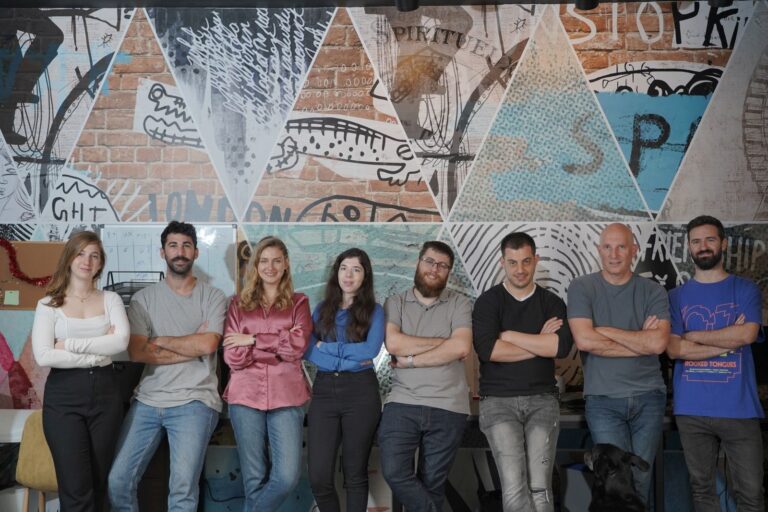
The headband uses tACS (transcranial alternating current stimulation, a form of neuromodulation to treat disease or enhance brain function) and EEG, which Lewin describes as “the language the brain understands.�
“We are just amplifying your own biology,� Lewin explains. “If we help you fall asleep in a good way, without pills or meds; your overall sleep cycles will be better.�
When you first don the headband, it checks your brain’s theta waves via the EEG connection. To fall asleep, you need theta waves that are about 60% higher than normal.
NYX’s goal is to use tACS “to get you to N1, the gateway to falling asleep,� Lewin says.
“You’re training your brain in how to create more theta waves to fall asleep. From time to time, you’ll need to train again. But you won’t need us every day.�
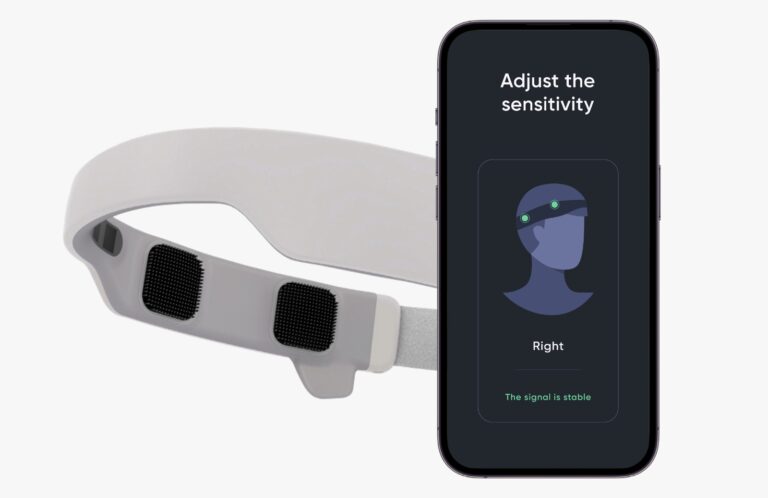
A short “threshold test� asks you to indicate when you feel a tickle. “Once you say you feel it, it’s taken down so that the currents used by the device will always be below the level that can be sensed by human beings,� Lewin reassures us.
After a night of stellar sleep, the headband downloads all the information from the night into the NYX mobile app. The data is then uploaded to the cloud, so that it can be compared with other insomniacs “to set the right program for your next night,� Lewin says.
The headband’s stimulation is personalized to the user. “Ten people will likely get 10 different kinds of stimulation,� Lewin points out.
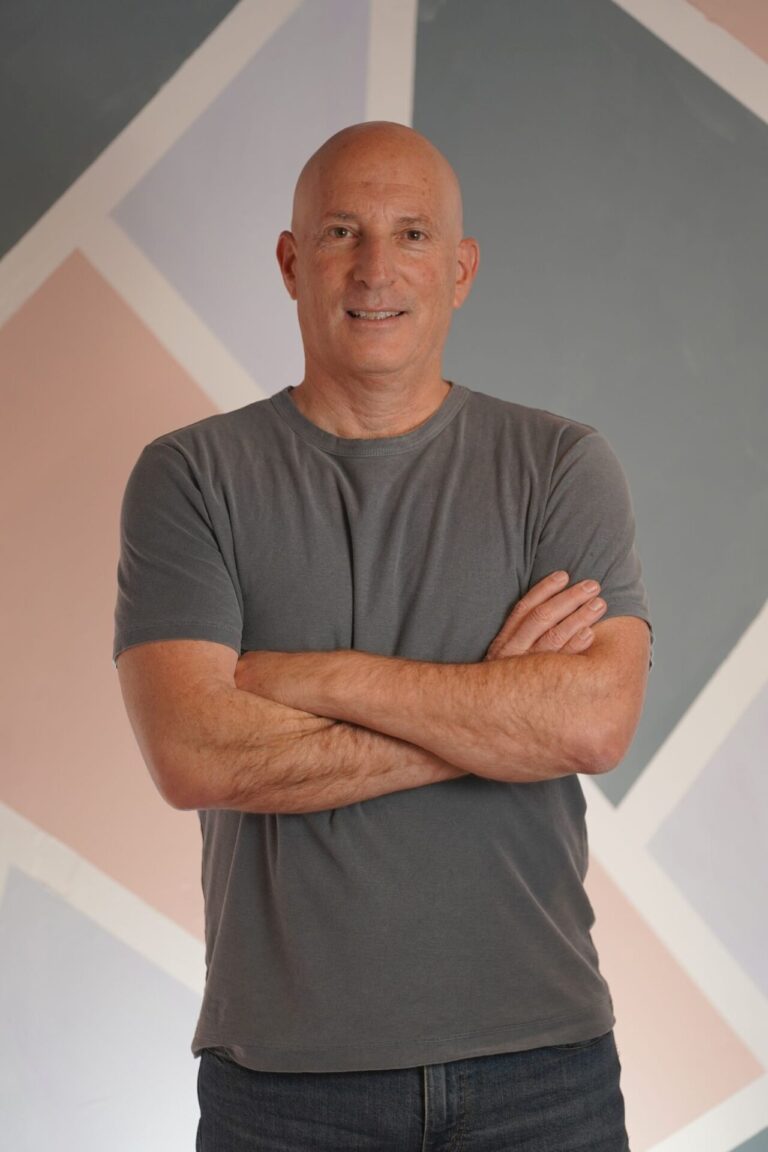
The idea is not to use the headband forever. You don’t even need to wear it the entire night, although you probably will since you’ll be asleep before you realize it.
The company tested the headband in 300 sessions on people with insomnia due to Parkinson’s disease. These tests showed lasting results, Lewin tells us. Currently, NYX is running a double-blind clinical trial with 100 insomniacs at Tel Aviv Sourasky Medical Center.
Lewin hopes a commercial product, available by prescription with FDA approval, will be out by the end of 2024.
Biofeedback to the sleepy rescue
IntoSleep’s approach also involves a wearable, although not on your head but on your finger. The company’s techno “thimble� monitors respiration rate, blood pressure, heart rate, sweat gland activity and skin temperature to put together a program tailored for you based on biofeedback.
Biofeedback is a technique that bypasses the thinking mind to address the autonomic nervous system. According to Harvard Medical School, biofeedback teaches you “to control automatic body functions [in order to] relieve chronic pain, reduce stress, or improve your physical or mental performance.�
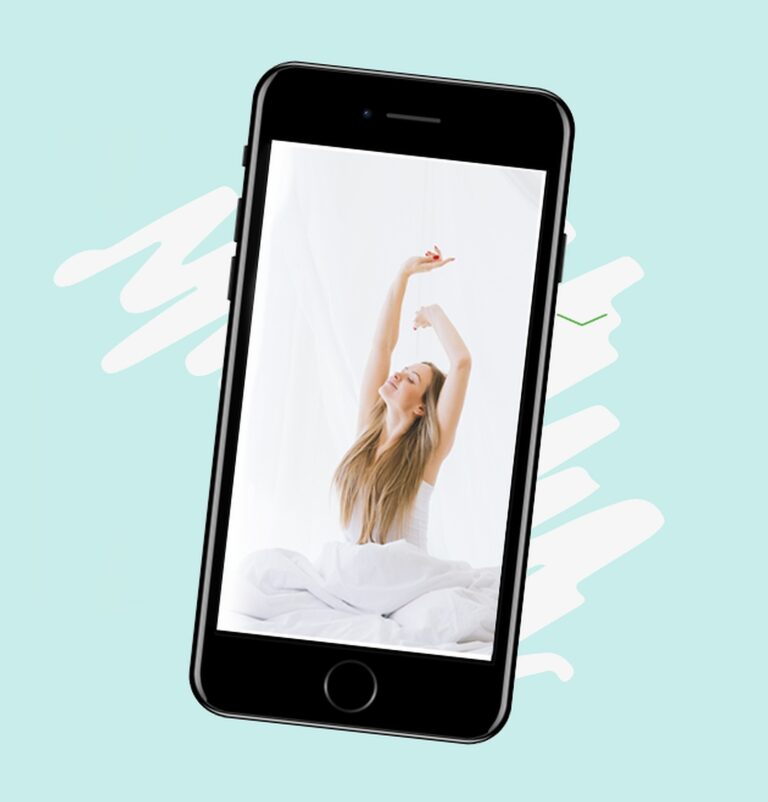
In traditional biofeedback, sensors detect changes in your pulse, brain waves and other physiological functions. These changes trigger a visual or auditory signal. Over time, you can learn to alter the signal by taking conscious control of your automatic body functions.
IntoSleep’s original idea was to have users watch images or patterns of lights and dots projected onto their bedroom ceiling. The images changed based on the feedback from the finger sensor.
But asking people to lie in bed with their eyes open was kind of antithetical to the goal, so the projected images were transformed into audio tones that guide users, with the help of the thimble, toward increased relaxation.
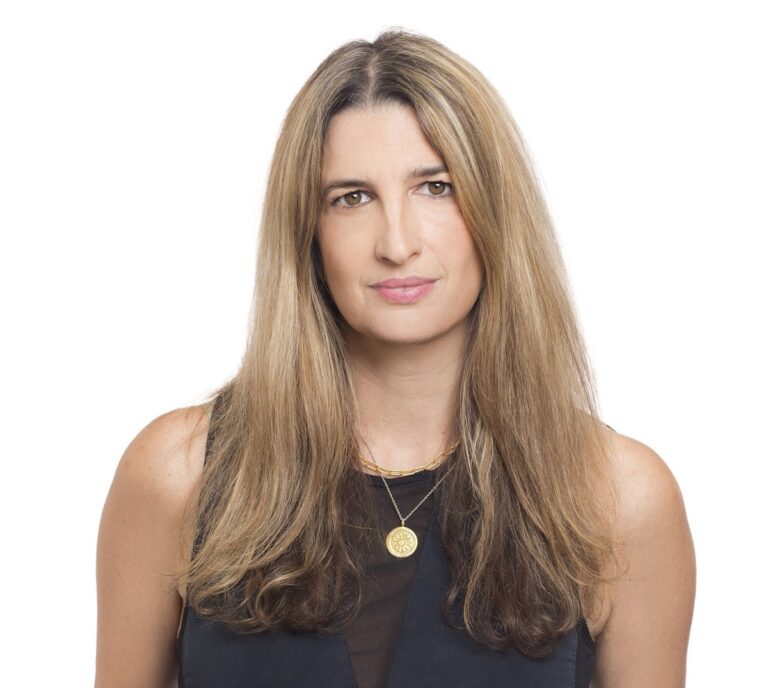
You can listen using your device’s speakers or wear headphones to sleep. IntoSleep CEO Carmit Lev-Solash says that once you’ve used IntoSleep for a while, you’ll be able to achieve the same calming just from the thimble’s tactile biofeedback vibrations.
Biofeedback and sleep training have long gone together, but it’s always required the insomniac to visit the therapist’s office during the day and be hooked up to electrodes.
“It’s not done at night, which is when you want to go to sleep!� Lev-Solash points out.
“We take what organizations like the Cleveland Clinic have done with biofeedback and convert it to in-bed use, with no electrodes required, just an app and a finger sensor. We don’t need an expensive clinician, either. In the future, we’ll add live chat.�
The next step is clinical trials, once funds have been raised.
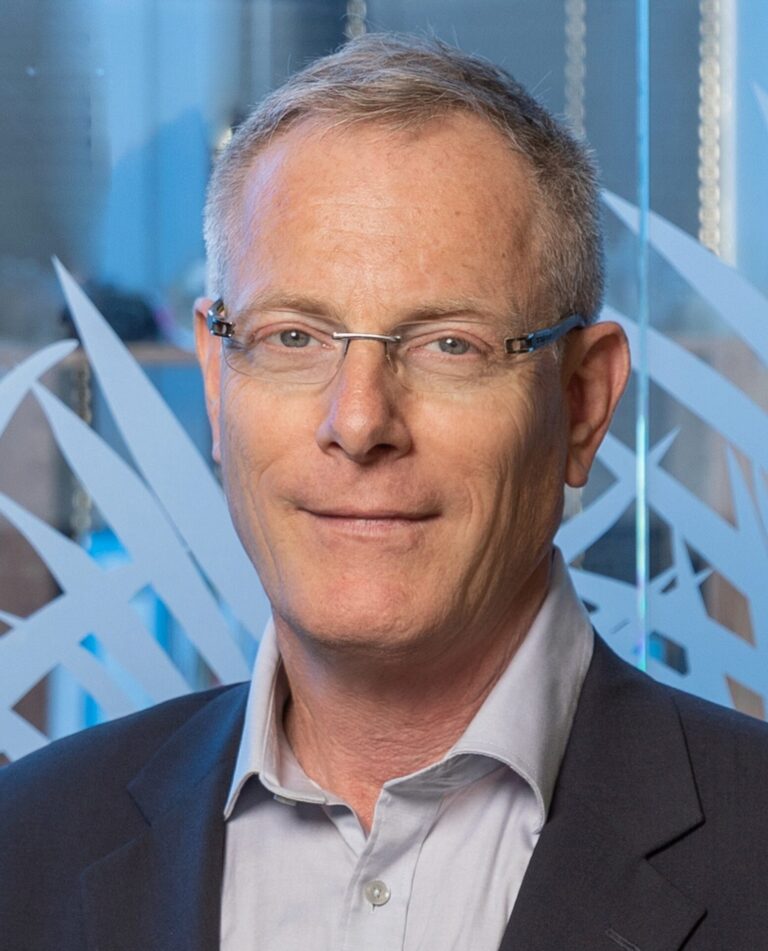
Lev-Solash has a business background and formerly was marketing manager for The Kitchen FoodTech Hub. Her CTO and cofounder, Noam Hadas, is an engineer and serial entrepreneur who has been building sensors to investigate sleep disorders for 30 years. He founded SLP (SleepSense), whose sensors track apnea.
“This is his first startup to solve insomnia,� Lev-Solash notes.
Also on the IntoSleep scientific dream team: Dr. Arnon Rolnick, “one of the pioneers of biofeedback in Israel,� Lev-Solash says. Rolnick established the Israeli Association for Applied Psychophysiology and Biofeedback and has served on the board of the American Association for Applied Psychophysiology and Biofeedback.
Neither IntoSleep’s Lev-Solash nor NYX’s Lewin suffer from insomnia, by the way. As for me, I’m already losing sleep waiting for the next generation of Israeli-made sleep-soothing wearables to come to market.
For more information about NYX, click here.
For more information about IntoSleep, click here.
Can headbands and thimbles cure insomnia? - ISRAEL21c
Read More

No comments:
Post a Comment